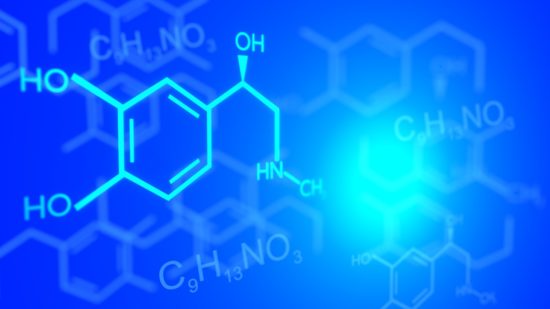Antibacterial Medicinal Chemistry – What Can We Design For?
The problems surrounding the economics of antibacterial drug development are well known, with the cost of simply keeping a product available for use now outstripping revenues from sales in many cases.
However, early R&D push incentives from organisations such as CARB-X and the new AMR Action Fund are keeping research going, while efforts continue to try to ensure the true value of novel antibiotics are recognised, spearheaded by the UK’s pilot of a subscription model for reimbursement of developers of new antibiotics
The challenges of running clinical trials sufficient for approval and securing adequate sales returns can affect scientific strategy, resulting in the targeting of only broad-spectrum agents most desired by clinicians. Through years of research, and discussions with members of the antibacterial research community, it became clear to me that the understandable focus on what both regulators and the market will currently support can be at odds with some of the most promising avenues in the science of antibacterial drug discovery. Narrow spectrum or even single pathogen agents may be of huge value in years to come, and from a scientific perspective, these compounds may be more readily accessible than broad-spectrum drugs.
AMR NEWS
Your Biweekly Source for Global AMR Insights!
Stay informed with the essential newsletter that brings together all the latest One Health news on antimicrobial resistance. Delivered straight to your inbox every two weeks, AMR NEWS provides a curated selection of international insights, key publications, and the latest updates in the fight against AMR.
Don’t miss out on staying ahead in the global AMR movement—subscribe now!







